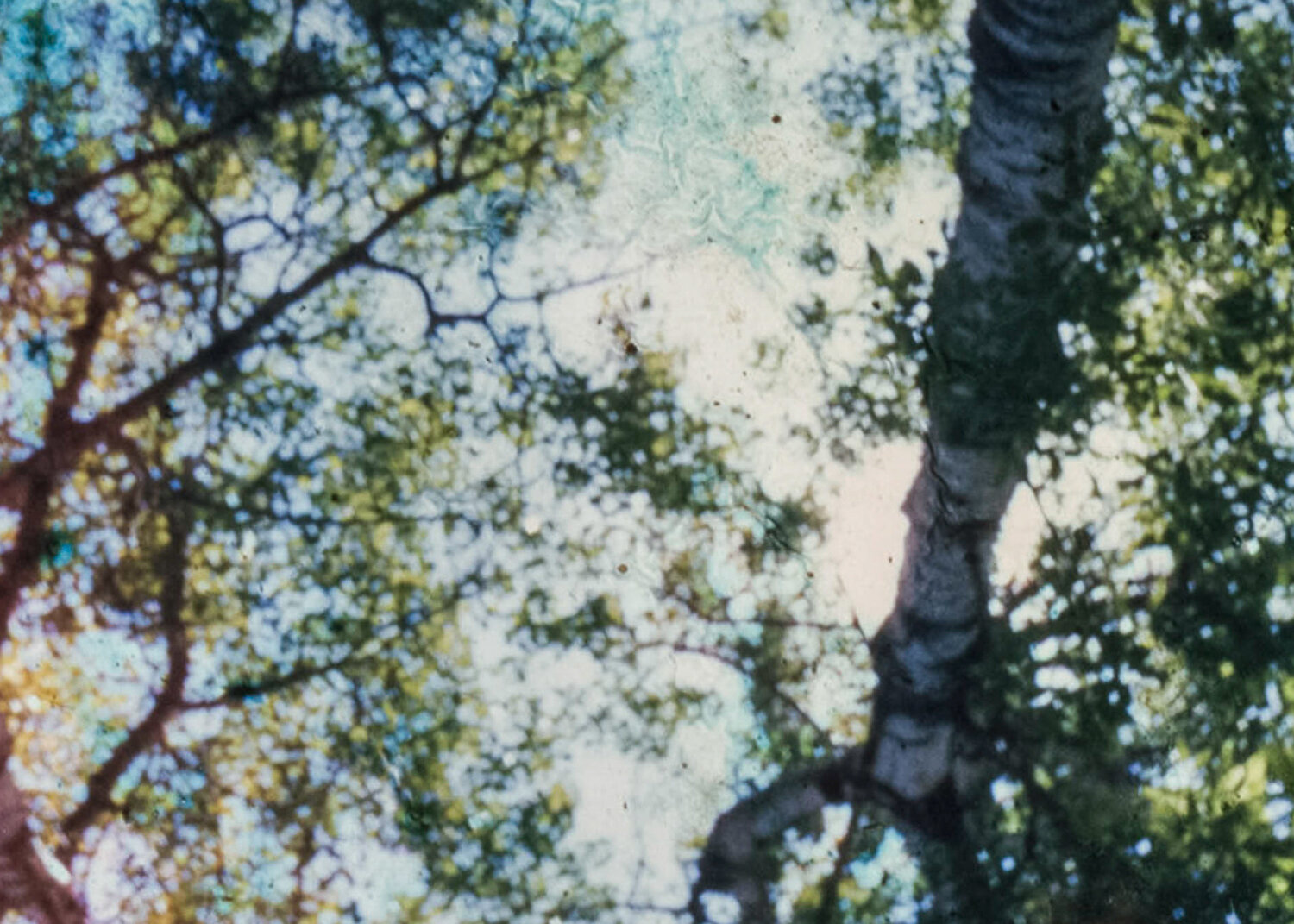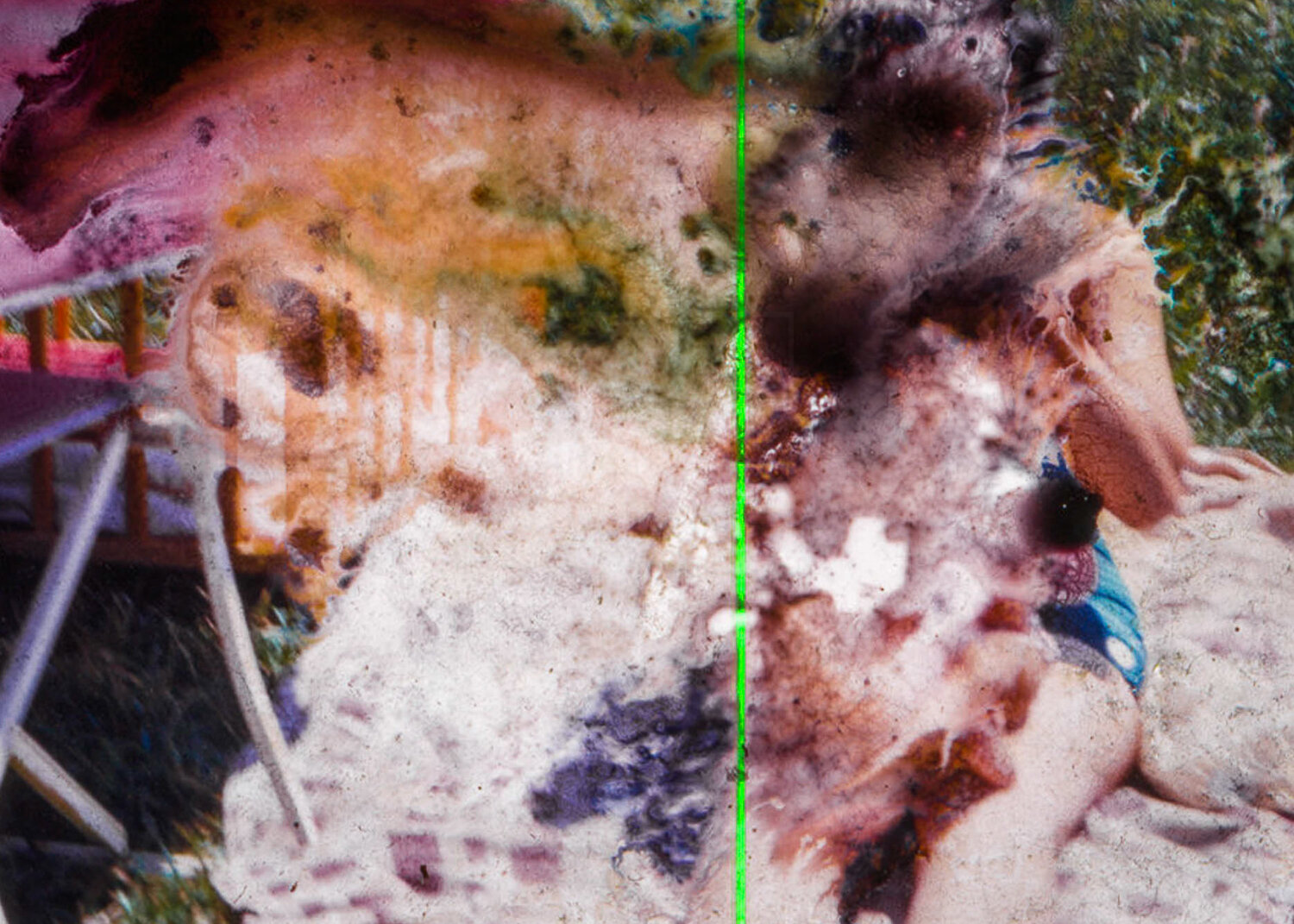
Decaying Values | HEYDT | 2020 | Chemically Manipulated Slide Film | 50in x 70in | $10,500

Decaying Values | HEYDT | 2020 | Chemically Manipulated Slide Film | 50in x 70in | $10,500

Decaying Values | HEYDT | 2020 | Chemically Manipulated Slide Film | 50in x 70in | $10,500

Decaying Values | HEYDT | 2020 | Chemically Manipulated Slide Film | 50in x 70in | $10,500

Decaying Values | HEYDT | 2020 | Chemically Manipulated Slide Film | 50in x 70in | $10,500

Decaying Values | HEYDT | 2020 | Chemically Manipulated Slide Film | 50in x 70in | $10,500

Decaying Values | HEYDT | 2020 | Chemically Manipulated Slide Film | 50in x 70in | $10,500
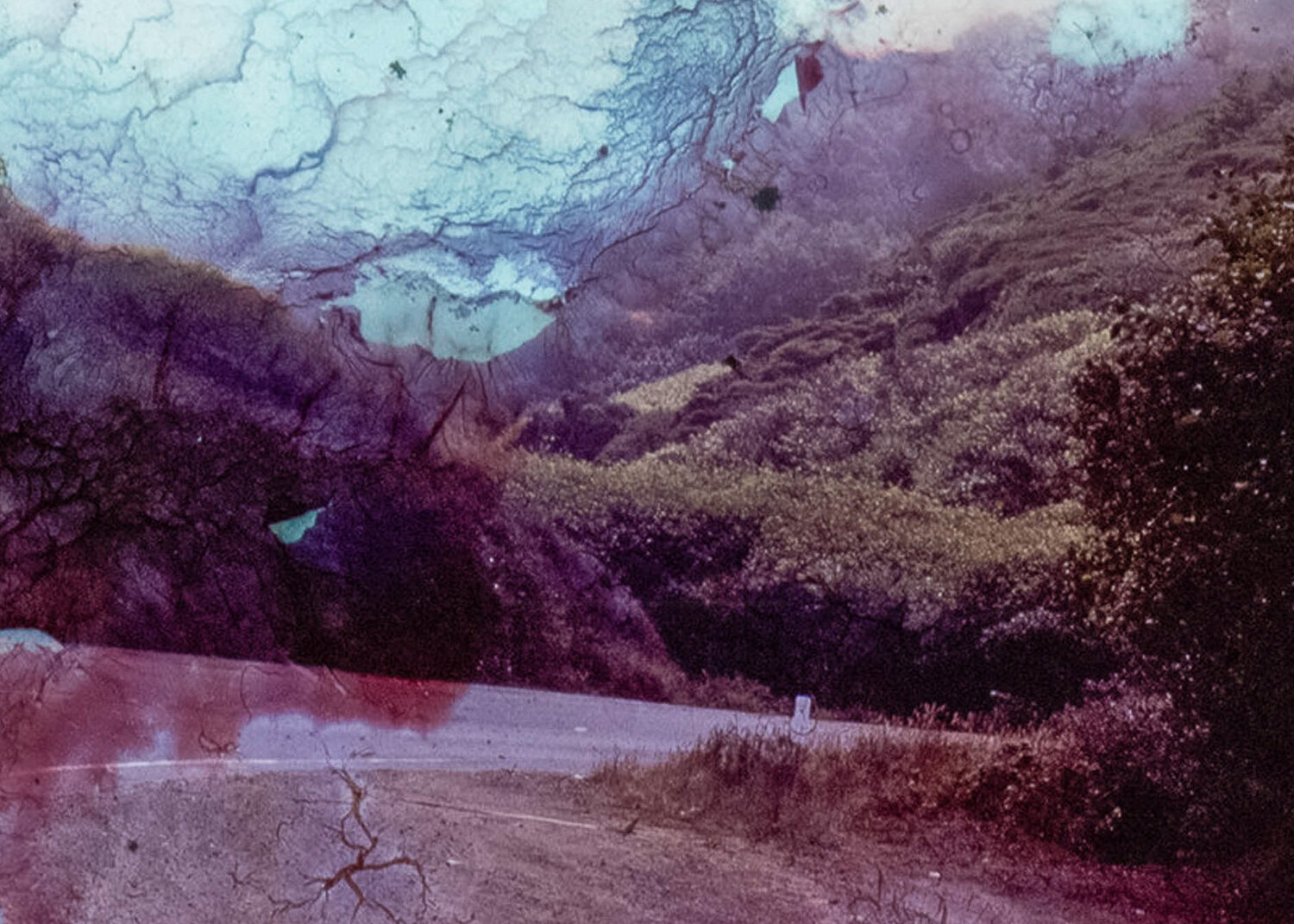
Decaying Values | HEYDT | 2020 | Chemically Manipulated Slide Film | 50in x 70in | $10,500

Decaying Values | HEYDT | 2020 | Chemically Manipulated Slide Film | 50in x 70in | $10,500
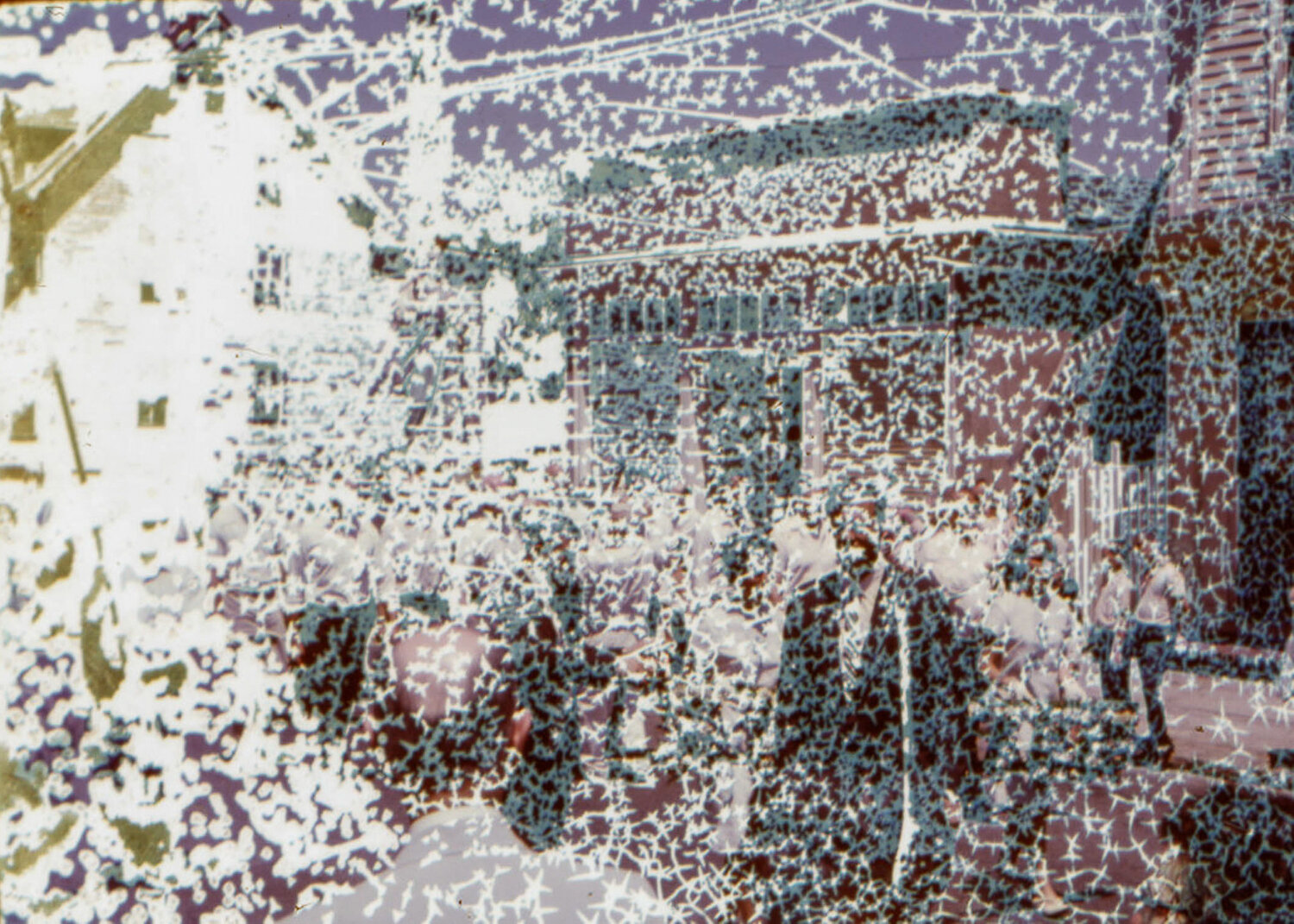
Decaying Values | HEYDT | 2020 | Chemically Manipulated Slide Film | 50in x 70in | $10,500

Decaying Values | HEYDT | 2020 | Chemically Manipulated Slide Film | 50in x 70in | $10,500
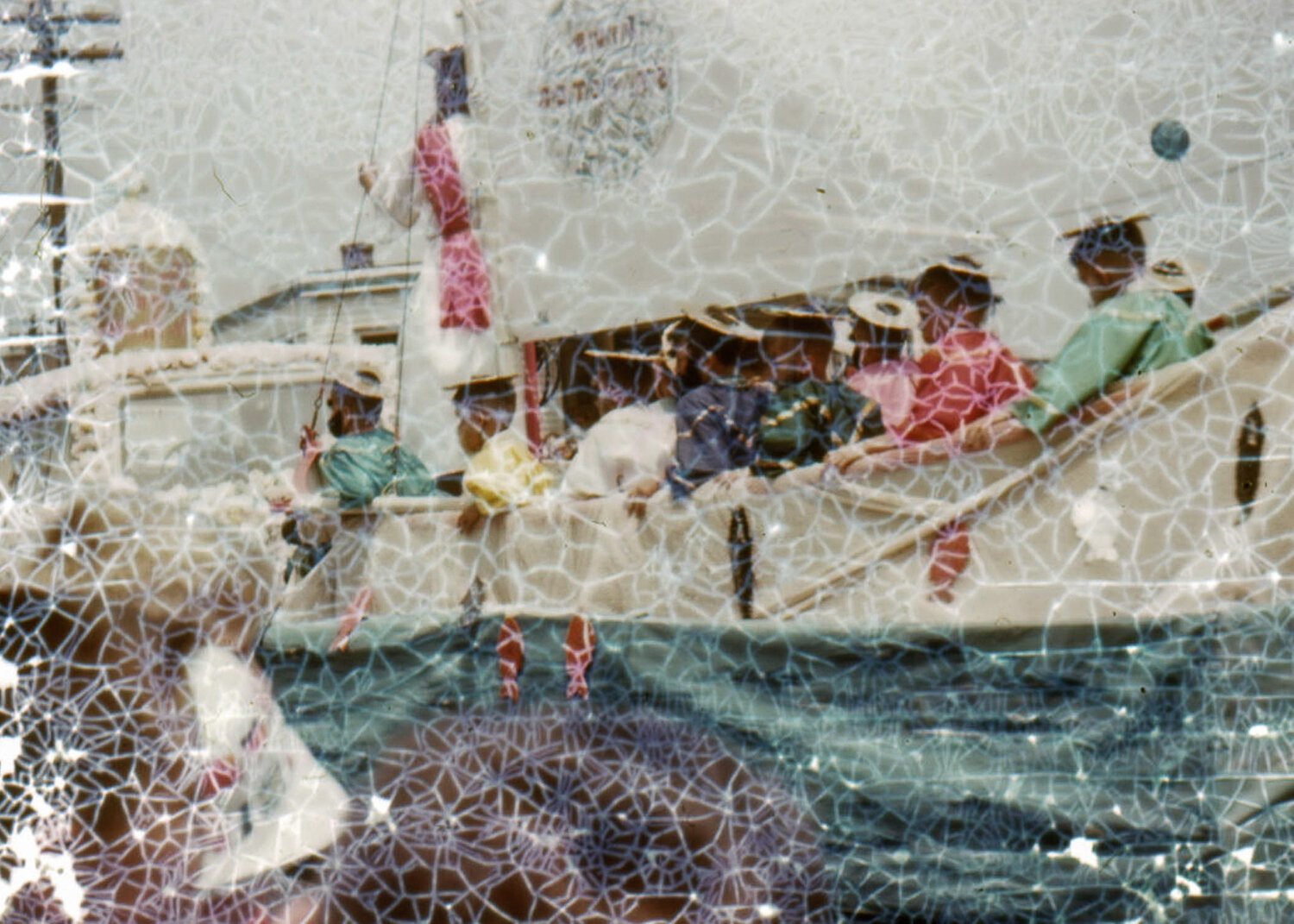
Decaying Values | HEYDT | 2020 | Chemically Manipulated Slide Film | 50in x 70in | $10,500

Decaying Values | HEYDT | 2020 | Chemically Manipulated Slide Film | 50in x 70in | $10,500

Decaying Values | HEYDT | 2020 | Chemically Manipulated Slide Film | 50in x 70in | $10,500

Decaying Values | HEYDT | 2020 | Chemically Manipulated Slide Film | 50in x 50 in | $10500

Decaying Values | HEYDT | 2020 | Chemically Manipulated Slide Film | 50in x 70in | $10,500

Decaying Values | HEYDT | 2020 | Chemically Manipulated Slide Film | 50in x 70in | $10,500

Decaying Values | HEYDT | 2020 | Chemically Manipulated Slide Film | 50in x 70in | $10,500

Decaying Values | HEYDT | 2020 | Chemically Manipulated Slide Film | 50in x 70in | $10,500

Decaying Values | HEYDT | 2020 | Chemically Manipulated Slide Film | 50in x 70in | $10,500

Decaying Values | HEYDT | 2020 | Chemically Manipulated Slide Film | 50in x 70in | $10,500

Decaying Values | HEYDT | 2020 | Chemically Manipulated Slide Film | 50in x 70in | $10,500

Decaying Values | HEYDT | 2020 | Chemically Manipulated Slide Film | 50in x 70in | $10,500

Decaying Values | HEYDT | 2020 | Chemically Manipulated Slide Film | 50in x 70in | $10,500

Decaying Values | HEYDT | 2020 | Chemically Manipulated Slide Film | 50in x 70in | $10,500

Decaying Values | HEYDT | 2020 | Chemically Manipulated Slide Film | 50in x 70in | $10,500

Decaying Values | HEYDT | 2020 | Chemically Manipulated Slide Film | 50in x 50 in | $10500

Decaying Values | HEYDT | 2020 | Chemically Manipulated Slide Film | 50in x 70in | $10,500

Decaying Values | HEYDT | 2020 | Chemically Manipulated Slide Film | 50in x 70in | $10,500

Decaying Values | HEYDT | 2020 | Chemically Manipulated Slide Film | 50in x 70in | $10,500

Decaying Values | HEYDT | 2020 | Chemically Manipulated Slide Film | 50in x 50 in | $10500

Decaying Values | HEYDT | 2020 | Chemically Manipulated Slide Film | 50in x 70in | $10,500

Decaying Values | HEYDT | 2020 | Chemically Manipulated Slide Film | 50in x 70in | $10,500

Decaying Values | HEYDT | 2020 | Chemically Manipulated Slide Film | 50in x 70in | $10,500

Decaying Values | HEYDT | 2020 | Chemically Manipulated Slide Film | 50in x 70in | $10,500

Decaying Values | HEYDT | 2020 | Chemically Manipulated Slide Film | 50in x 70in | $10,500

Decaying Values | HEYDT | 2020 | Chemically Manipulated Slide Film | 50in x 70in | $10,500

Decaying Values | HEYDT | 2020 | Chemically Manipulated Slide Film | 50in x 70in | $10,500

Decaying Values | HEYDT | 2020 | Chemically Manipulated Slide Film | 50in x 70in | $10,500

Decaying Values | HEYDT | 2020 | Chemically Manipulated Slide Film | 50in x 70in | $10,500

Decaying Values | HEYDT | 2020 | Chemically Manipulated Slide Film | 50in x 70in | $10,500

Decaying Values | HEYDT | 2020 | Chemically Manipulated Slide Film | 50in x 70in | $10,500
decaying values
The poverty of experience at the hands of our hyper-accelerated society brings into question the politics of memory. We live bound up in the facades and confusions of an increasingly digitally mediated world, one of the hybrid identities, virtual appearances, and hyperrealities. Infinitely reposted into the ether, the singularity of experiences has lost all meaning and context. Every interaction is framed, every moment shared every experience - a construct. This proliferation has deteriorated the value once assigned to a photograph. The photograph has lost its primacy to the digital image.
The fundamental technological changes of the medium have occurred without much consideration for how our theoretical understanding of its role has altered. In a society defined by cultural reproduction, old slide film emerges as an artifact of a simpler time, a time when photographs carried more weight in the absence of their circulation. Everything we see is shared, seen, and perceived through multiple frames of reference online- digitally mediated, consumed, reposted in an endless virtual circulation that strips clean one's connectivity to the content. This series explores virtual distortion through the resurrection and destruction of old slide film footage in a symbolic delineation of the effects of new media.
Produced through a combination of processes and techniques utilizing household chemicals, the photographs literally and figuratively undergoes a symbolic act of cleansing. Bathed in bleach: the film's emulsion exits, colors dissolve, faces distort, backdrops bleed. The ephemeral quality and pre-internet demeanor of old slide film transform with the chemically induced acid Techno-color. The rapid deterioration of the film results from this distressing process, compromising its’ fidelity. The causal nexus embodied symbolically conveys the digitally mediated decay of our modern-day experiences - how we have, document, and share them. Further, the emulsive corrosion of the film shares striking aesthetic similarities to the visual cortex - simulating the layering of cells and blood vessels in the eye’s retinal. This emulation underscores the notion that our way of seeing hasn’t changed, but the extent to which what we see is seen by others has.





